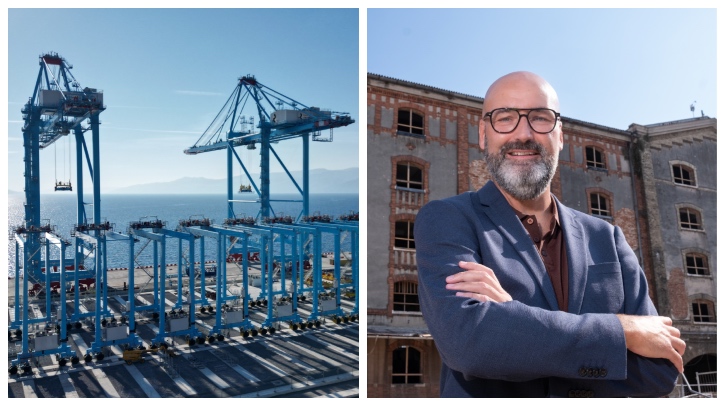In October 2024, the Rijeka Gateway terminal in Croatia secured electricity from renewable energy sources for the operation of its container terminal to reduce CO2 and other harmful gas emissions. According to the company, terminal operator APM Terminals is the largest consumer of electricity within the Maersk group, making the transition to terminal operations based on renewable electricity a crucial element in the group’s decarbonization efforts.
APM Terminals, which owns Rijeka Gateway (51%), is also continuously working to electrify its terminals as part of its target to reach net zero by 2040. This goal makes the transition to renewable energy resources vital. Operating Rijeka Gateway on renewable energy supports Maersk in the ambition of using 100% renewable electricity by 2030 to decrease scope 2 emissions. Here, Peter Corfitsen, CEO of Rijeka Gateway, explores how the container terminal is delivering a more sustainable tomorrow.
Can you tell us more about the Rijeka Gateway terminal’s electrification project?
Rijeka Gateway is the largest project in the logistics sector in Croatia. The terminal in Rijeka – a joint venture between APM Terminals and ENNA Group – will be the most advanced in the Adriatic region, with most of its equipment electrified and largely remotely operated.
Rijeka Gateway was developed with a sustainability-first approach, which demanded that most of the equipment and machinery on the terminal run on electric energy. While this makes the terminal’s greenhouse gas-emissions minimal, it makes us a large consumer of electricity. For those reasons the first step was to ensure that all electricity comes from renewable sources – not only during the operational phase, but also during the construction of the terminal. A partnership with ENNA Next was drafted as soon as the project was approved to ensure we’re aligned with our goal from the start.
ENNA Next purchases electricity from renewable sources from over 800 producers in Croatia and Germany. Renewable energy sources include solar and wind power, and ENNA Next, also an electricity supplier, issues green certificates to ensure that the entire supply comes from renewable sources.
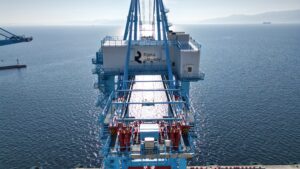
What new and innovative technology was leveraged?
Next to ensuring renewable electricity, we implemented modern technologies to cut down electricity consumption. The cranes on the terminal will be equipped with generators that produce electricity while the cargo is being lowered. All the cranes will be electrically powered and almost all equipment on the terminal will be fully electrified, with a few machines using fossil fuels being hybrid to optimize their emissions.
The terminal’s operations will be almost entirely automated and remotely controlled ensuring safe, efficient and reliable operations. We’re especially proud that the terminal will be equipped with a shore power supply system for ships, reducing the need to use ship engines while docked. Globally, APM Terminals has an industry leading target to be net zero by 2040, and the new-built setup in Rijeka gives us a unique opportunity to showcase the global strategy in practice with electrification of equipment, optimizing energy consumption and use of renewable electricity.
The total investment in the Rijeka Gateway project amounts to €380m (US$399m), making it one of the largest investments in port and infrastructure in the region. The investment is divided into two phases: the first phase involves a €200m investment, which has begun implementation and is planned for completion by 2025. This phase includes the construction of the terminal’s core infrastructure, the acquisition of state-of-the-art container cranes, and the establishment of necessary logistical support. The second phase plans an additional €180m (US$84m) investment to be realized over the next 10 years.
Upon completion of the second phase, the terminal will have a capacity for more than one million containers per year, further strengthening its position as a central logistics hub for this part of the Mediterranean.
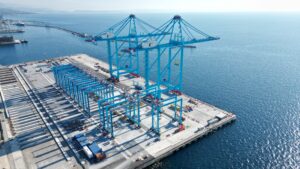
What were the key challenges encountered during this substantial project? How were they overcome?
All the plans and activities related to the terminal were successfully completed without major challenges. The most notable challenge is the railway and road infrastructure connecting Rijeka to the rest of Europe.
We are happy with our collaboration with the authorities, who recognized the importance of Rijeka Gateway in transforming the logistics sector in Croatia and made big steps in improving the road infrastructure leading to the terminal. We are hopeful that soon we’ll see similar developments in the railway infrastructure as well.
Our sustainability efforts don’t end on energy consumption but cover various other areas. The terminal is equipped with a special, highly efficient water management system and a completely new drainage system. These systems ensure that oils, particles and other harmful substances will not run off into the sea around the terminal. All processes will be strictly controlled to prevent environmental pollution.
What are the future development plans for the Rijeka Gateway terminal?
Rijeka Gateway has established cooperation with an authorized noise protection laboratory during the project phase, which assessed the noise levels of the terminal based on the installed equipment. We will introduce a series of measures at the terminal to reduce the noise level below the legally permissible limits.
Warning signals during terminal equipment traffic will be switched from the usual “beeping” to “white noise”, which is less noisy and less disruptive to the environment. Container lowering equipment will be equipped with soft landing technology, preventing impacts and reducing noise during container handling. In addition to this, our global pilot projects on electric container handling equipment that has been running since 2023 show us that the use of these new machines has the benefit of not only less pollution but also more quiet operations.
Several key measures are implemented to reduce light pollution. The terminal will use the Digital Addressable Lighting Interface (DALI), which allows individual control of lights. Inactive parts of the terminal will not be illuminated when not in use. To further cut down light pollution, we will implement shields that further minimize light spillage, focusing the light where it is needed. Finally, the terminal will use energy-efficient LED lighting, which reduces energy consumption and light dispersion.
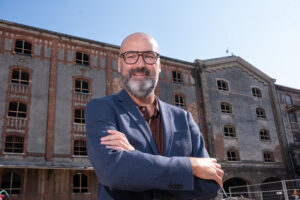
To find out more, read the full news story, here.
